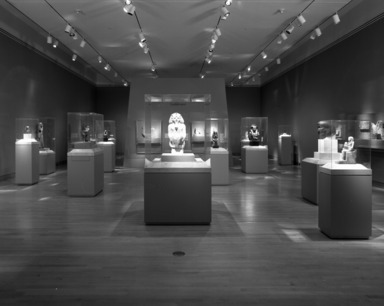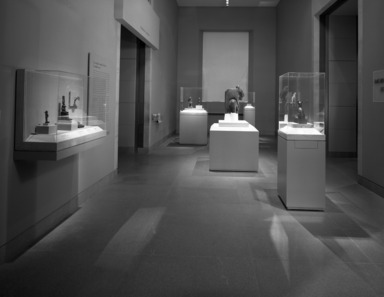

Mistress of the House, Mistress of Heaven: Women in Ancient Egypt, February 21, 1997 through May 18, 1997 (Image: PHO_E1997i020.jpg Brooklyn Museum photograph, 1997)
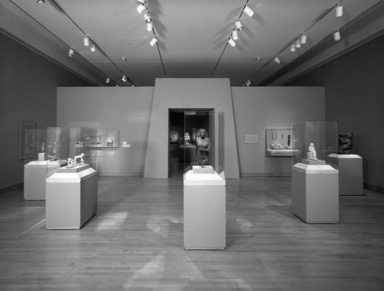
Mistress of the House, Mistress of Heaven: Women in Ancient Egypt, February 21, 1997 through May 18, 1997 (Image: PHO_E1997i021.jpg Brooklyn Museum photograph, 1997)

Mistress of the House, Mistress of Heaven: Women in Ancient Egypt, February 21, 1997 through May 18, 1997 (Image: PHO_E1997i022.jpg Brooklyn Museum photograph, 1997)
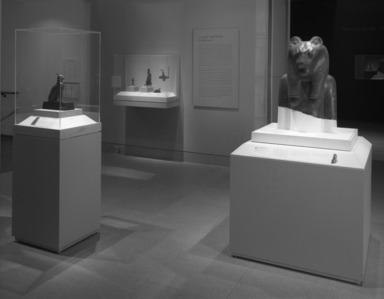
Mistress of the House, Mistress of Heaven: Women in Ancient Egypt, February 21, 1997 through May 18, 1997 (Image: PHO_E1997i023.jpg Brooklyn Museum photograph, 1997)
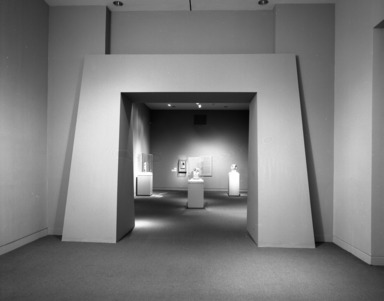
Mistress of the House, Mistress of Heaven: Women in Ancient Egypt, February 21, 1997 through May 18, 1997 (Image: PHO_E1997i024.jpg Brooklyn Museum photograph, 1997)
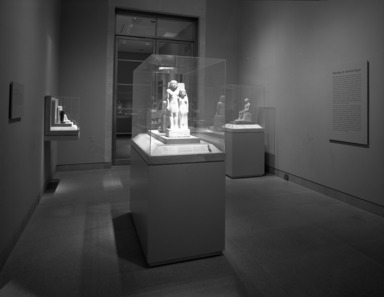
Mistress of the House, Mistress of Heaven: Women in Ancient Egypt, February 21, 1997 through May 18, 1997 (Image: PHO_E1997i025.jpg Brooklyn Museum photograph, 1997)
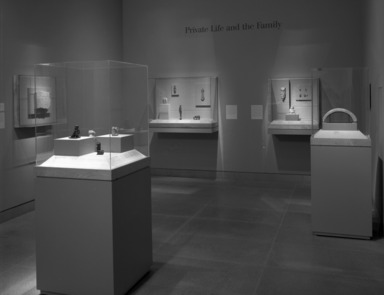
Mistress of the House, Mistress of Heaven: Women in Ancient Egypt, February 21, 1997 through May 18, 1997 (Image: PHO_E1997i026.jpg Brooklyn Museum photograph, 1997)

Mistress of the House, Mistress of Heaven: Women in Ancient Egypt, February 21, 1997 through May 18, 1997 (Image: PHO_E1997i027.jpg Brooklyn Museum photograph, 1997)
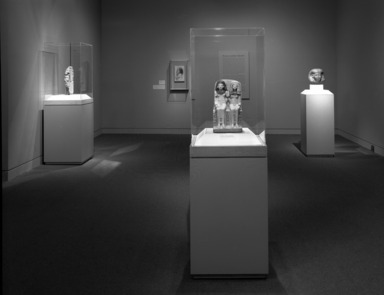
Mistress of the House, Mistress of Heaven: Women in Ancient Egypt, February 21, 1997 through May 18, 1997 (Image: PHO_E1997i028.jpg Brooklyn Museum photograph, 1997)

Mistress of the House, Mistress of Heaven: Women in Ancient Egypt, February 21, 1997 through May 18, 1997 (Image: PHO_E1997i029.jpg Brooklyn Museum photograph, 1997)

Mistress of the House, Mistress of Heaven: Women in Ancient Egypt, February 21, 1997 through May 18, 1997 (Image: PHO_E1997i030.jpg Brooklyn Museum photograph, 1997)
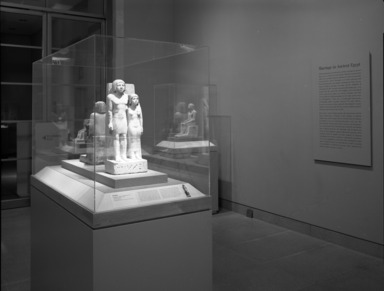
Mistress of the House, Mistress of Heaven: Women in Ancient Egypt, February 21, 1997 through May 18, 1997 (Image: PHO_E1997i031.jpg Brooklyn Museum photograph, 1997)
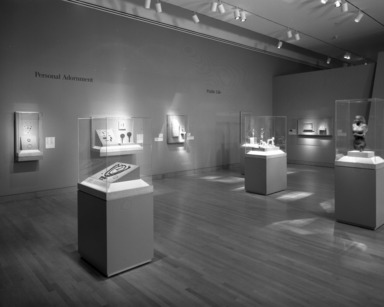
Mistress of the House, Mistress of Heaven: Women in Ancient Egypt, February 21, 1997 through May 18, 1997 (Image: PHO_E1997i032.jpg Brooklyn Museum photograph, 1997)
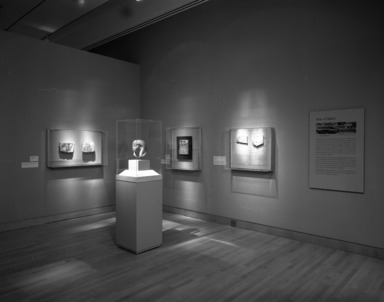
Mistress of the House, Mistress of Heaven: Women in Ancient Egypt, February 21, 1997 through May 18, 1997 (Image: PHO_E1997i033.jpg Brooklyn Museum photograph, 1997)
Mistress of the House, Mistress of Heaven: Women in Ancient Egypt
-
January 1, 1997
First in series of Centennial/175th Anniversary shows to be opened with press conference Thursday, February 20, 10 a.m.–noon
From goddesses and queens to housewives and servants, the roles of women through almost four millennia of ancient Egyptian history [are] explored in a major exhibition of almost 250 objects. Mistress of the House, Mistress of Heaven: Women in Ancient Egypt will be on view at The Brooklyn Museum February 21 through May 18, 1997. The exhibition will launch the Museum’s 18-month-long celebration of the Centennial of its landmark building and the 175th anniversary of its founding in 1823.
The Brooklyn Museum is the only other venue for the exhibition, which was organized by the Cincinnati Art Museum and comprises works from more than 25 of the most important public and private collections in the United States, among them some 20 pieces from The Brooklyn Museum’s world-famous holdings.
Mistress of the House, Mistress of Heaven includes depictions of women, as well as the objects that they used. Among them are the representations of Hatshepsut, a Queen who ruled Egypt along with her nephew and stepson Thutmose III; a statue of the important God’s wife of Amun, Amenivdes I; the exquisitely painted mummy cartonnage of the Mistress of the House and Songstress of Amen, Neskahonsupakhered; and Akhenaten’s principal wife, Nefertiti, as well as other Egyptian queens. Also on display will be gold, silver, and faience jewelry; a pair of rare Old Kingdom statues from a tomb in Giza; amulets; cosmetic vessels; and a wide range of objects relating to goddesses, including Mut, whose temple at Karnak in Luxor is being excavated by a team led by The Brooklyn Museum.
Although ancient Egypt was a male-dominated society, women had many rights denied to females in other Near Eastern cultures. The country was almost always ruled by a king and a male bureaucracy, but women were able to acquire, own, and dispose of property; act as plaintiffs, defendants, or witnesses in a court of law; engage in business dealings; hold such positions as funerary priestesses, musicians, and singers; and in some dynastic periods even occupied supervisory positions. Occasionally women attained great prominence and power.
Despite these unusual civil liberties, attitudes toward women were often ambivalent, particularly in the preoccupation with the destructive potential of goddesses. For example, it was believed that if the lioness-headed Sakhmet was sufficiently enraged she might unleash terrible powers against Egypt or, worse, abandon it. Elaborate rituals were devised to appease her that included music, song, dance, stories, and drink.
The exhibition will consist of four sections which illuminate the lives of women in ancient Egypt by focusing on Private and Public Life, Queens and Female Royalty, Female Deities, and Women in the Afterlife. Mistress of the House, Mistress of Heaven: Women in Ancient Egypt was organized by Glenn Markoe, Curator of Classical and Near Eastern Art at the Cincinnati Art Museum, and Guest Curator of Egyptian Art, Anne Capel. The exhibition is accompanied by a fully illustrated catalogue that includes essays by three noted Egyptologists as well as entries by Richard Fazzini, Chair, Department of Egyptian, Classical, and Ancient Middle Eastern Art at The Brooklyn Museum, where he has coordinated the exhibition.
Brooklyn Museum Archives. Records of the Department of Public Information. Press releases, 1995 - 2003. 1997, 001-2.
View Original -
February 21, 1997
From goddesses and queens to housewives and servants, the roles of women through almost four millennia of ancient Egyptian history is explored in a major exhibition of almost 250 objects, including great works of art. Mistress of the House, Mistress of Heaven: Women in Ancient Egypt will be on view at The Brooklyn Museum February 21 through May 18, 1997. The exhibition will launch the Museum’s 18-month-long celebration of the Centennial of its landmark building and the 175th anniversary of its founding in 1823.
The Brooklyn Museum is the only other venue for the exhibition, which was organized by the Cincinnati Art Museum and comprises works from more than 25 of the most important public and private collections in the United States, among them some 20 pieces from The Brooklyn Museum’s world-famous holdings. Mistress of the House, Mistress of Heaven includes depictions of women, as well as the objects that they used. Among them are the representations of Hatshepsut, a Queen who ruled Egypt, along with her nephew and stepson Thutmose Ill, a statue of the important God’s wife of Amun, Amenivdes I, the exquisitely painted mummy cartonnage of the Mistress of the House and Songstress of Amen, Neskahonsupakhered, and Akhenaten’s principal wife, Nefertiti, as well as other Egyptian queens; gold, silver, and faience jewelry; a pair of rare Old Kingdom statues from a tomb in Giza; amulets; cosmetic vessels; and a wide range of objects relating to goddesses, including Mut, whose temple at Kamak in Luxor is being excavated by a team led by The Brooklyn Museum.
Although ancient Egypt was a male-dominated society, women had many rights denied to females in other Near Eastern cultures. The country was almost always ruled by a king and a male bureaucracy, but women were able to acquire, own, and dispose of property; act as plaintiffs, defendants, or witnesses in a court of law; engage in business dealings; hold such positions as funerary priestesses, musicians, and singers; and in some dynastic periods even occupied supervisory positions. Occasionally women attained great prominence and power. Despite these unusual civil liberties, attitudes toward women were often ambivalent, particularly in the preoccupation with the destructive potential of goddesses. For example, it was believed that if the lioness-headed Sakhmet was sufficiently enraged she might unleash terrible powers against Egypt or, worse, abandon it. Elaborate rituals were devised to appease her that included music, song, dance, stories, and drink.
The exhibition will consist of four sections which illuminate the lives of women in ancient Egypt by focusing on Private and Public Life, Queens and Female Royalty, Female Deities, and Women in the Afterlife. Mistress of the House, Mistress of Heaven: Women in Ancient Egypt was organized by Glenn Markoe, Curator of Classical and Near Eastern Art at the Cincinnati Art Museum, and Guest Curator of Egyptian Art, Anne Capel. The exhibition is accompanied by a fully illustrated catalogue that includes essays by three noted Egyptologists, including Richard Fazzini, Chair, Department of Egyptian, Classical, and Ancient Middle Eastern Art at The Brooklyn Museum where he has coordinated the exhibition.
Brooklyn Museum Archives. Records of the Department of Public Information. Press releases, 1995 - 2003. 1997, 043-44.
View Original

